Ah, the classics! Love them or hate them, these are books that have stood the test of time and endured for generations. It turns out, though, that it’s a lot harder to spot a future classic novel than you might think. All of the following are staples of high school English classes and routinely turn up on lists of “The Greatest Novels of All Time.” But when they first appeared in print, these now iconic novels had a much harsher reception.
1. Brave New World by Aldous Huxley
Set in the year AD 2540, Brave New World depicts a future where natural reproduction and the nuclear family have been abolished. Humans are created in labs and occupy their time with frivolous activities, hallucinogenic drugs, and recreational sex. First published in 1932, Huxley’s novel has become one of the touchstones of dystopian fiction and a staple of high school English classes. The intial response to the book, however, was decidedly chilly. Huxley’s vision of the future was seen as both unjustifiably alarmist and laughably improbable. H.G. Wells wrote that “A writer of the standing of Aldous Huxley has no right to betray the future as he did in that book.” Wyndham Lewis described Brave New World as “an unforgiveable offense to Progress.” G.K. Chesterton opined that “However grimly [Huxley] may enjoy the present, he already definitely hates the future,” while Granville Hicks mocked Huxley for worrying about “the unpleasantness of life in the utopia,” and peppered his review with several personal attacks. Huxley had the last laugh, though, as this once derided book has become one of the most celebrated works of modern times. In 1999, it was ranked 5th on Modern Library’s list of the 100 Best English-Language Novels of the 20th Century, while in 2003 The Observer included it in its list of the 100 Greatest Novels of All Time.
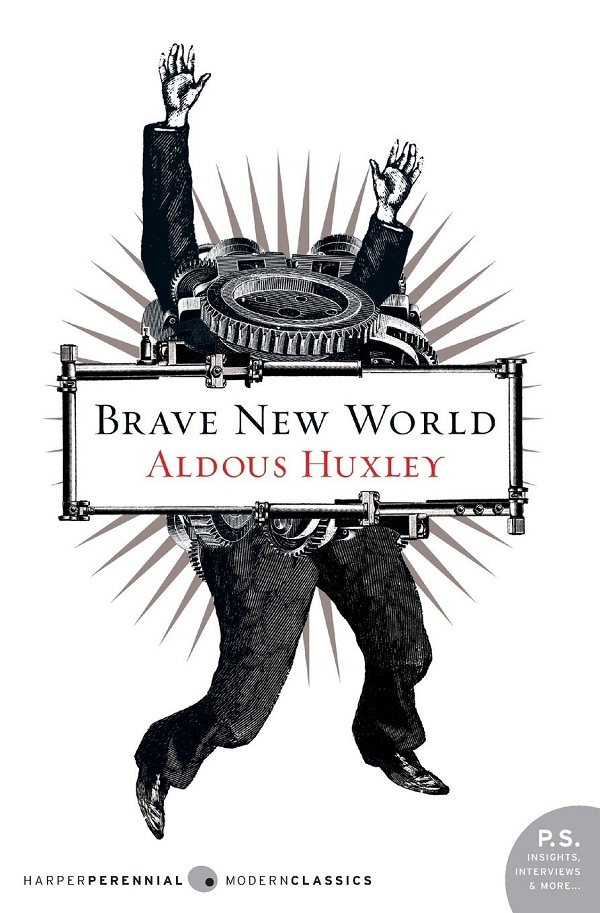
Source: Amazon
2. The Grapes of Wrath by John Steinbeck
Published in 1939, The Grapes of Wrath tells the story of the Joad family and their journey from Oklahoma to California in an attempt to escape the hardships of the Dust Bowl. When it first debuted, however, the wrath came not from the grapes but from the critics, who gave the book scathing reviews. It drew the ire of the Associated Farmers of California, who objected to its portrayal of California farmers and called it a “pack of lies.” It was both banned and burned in libraries and towns across America on the grounds that it was communist propaganda (this despite the fact that Josef Stalin also banned the book in the Soviet Union, troubled by the thought that it showed that even the poorest of Americans could afford a car). Oklahoma Congressman Lyle Borden declared that the novel was “a black, infernal creation of a twisted, distorted mind” and that “this book exposes nothing but the total depravity, vulgarity, and degraded mentality of the author.” Despite all this, The Grapes of Wrath went on to win the National Book Award and the Pulitzer Prize. It was cited as the major reason for Steinbeck winning the Nobel prize, and has become an iconic American classic.
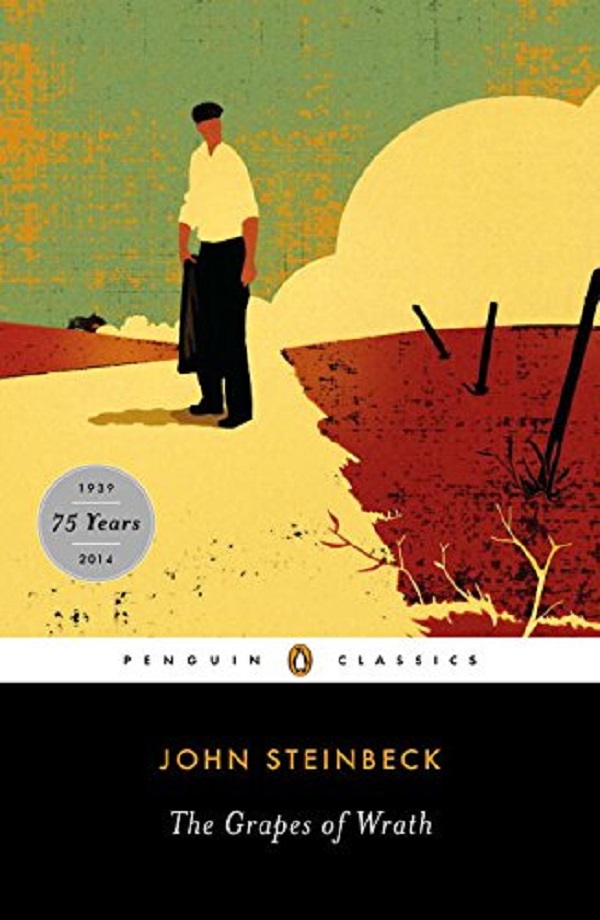
Source: Amazon
3. Leaves of Grass by Walt Whitman
Leaves of Grass is Whitman’s best-known work and contains some of his most famous poems, including Song of Myself, and I Sing the Body Electric. When it was first published in 1855, though, it received anything but a warm welcome. The book was considered obscene because of its candid discussion of sensual pleasures and was lambasted accordingly. Secretary of the Interior James Harlan was so offended by the book that Whitman was fired from his job at the Department of the Interior. Poet John Greenleaf Whittier was rumored to have thrown his copy in the fire, while critic Rufus Griswold called the book “a mass of stupid filth.” Author Thomas Wentworth Higginson wrote “It is no discredit to Walt Whitman that he wrote Leaves of Grass, only that he did not burn it afterwards,” and the Saturday Press printed a scathing review that urged Whitman to commit suicide. Now, of course, the book is considered to be one of the most important collections of American poetry, being praised by Langston Hughes, distributed to soldiers during WWII, and even making a cameo appearance in the TV series Breaking Bad.
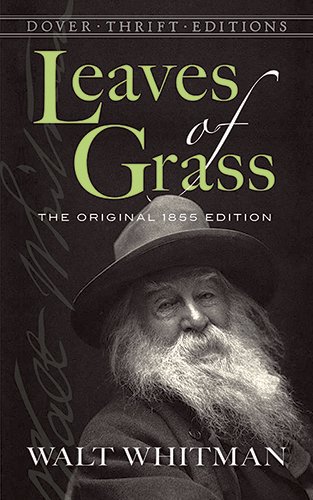
Source: Amazon
4. The Great Gatsby by F. Scott Fitzgerald
When it was first published in 1925, Fitzgerald hoped that The Great Gatsby would be a huge commercial success and allow him to prove himself as a writer. He could not have been more sorely disappointed. Fitzgerald’s tale of decadence and tragedy in the Jazz Age received mixed reviews (at best), and sold only 20,000 copies its first year. According to his own ledger, Fitzgerald made only $2000 from the book, which was widely regarded as being inferior to his previous works and dismissed as a “negligible novel” that was “not the work of a wise and mature novelist.” One reviewer regarded the novel as the end of Fitzgerald’s career, writing that “one finishes Great Gatsby with a feeling of regret, not for the fate of the people in the book, but for Mr. Fitzgerald.” Another critic described The Great Gatsby as “painfully forced,” concluding that “Mr. Fitzgerald is not one of the great American writers of to-day.” Fitzgerald, disheartened by the novel’s reception, died in 1940 believing himself a failure and his work forgotten. It was not until WWII that interest in the novel revived, this time with a more positive view. The Great Gatsby is now one of Fitzgerald’s best-known works, is a staple of high school English classes, and in 1998 was named the 20th century’s best American novel by the Modern Library editorial board.
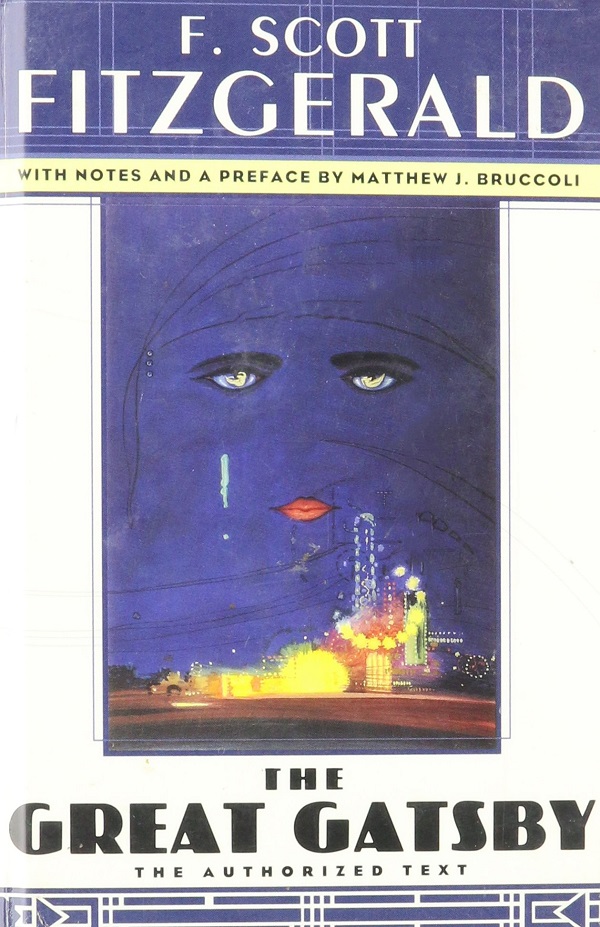
Source: Amazon
5. The Sun Also Rises by Ernest Hemingway
Published in 1926, Hemingway’s debut novel revolves around a group of British and American expatriates who travel to Pamplona, Spain to witness the annual running of the bulls. The response to the book was overwhelmingly negative, making it almost startling that Hemingway went on to write any other novels at all. The reviewer at the Chicago Daily Tribune described the novel as “the kind of book that makes this reviewer at least almost plain angry.” Other critics disliked the characters, finding them shallow, vapid, and boring. The reviewer at The Cincinnati Enquirer wrote that the book “begins nowhere and ends in nothing,” while a revew in The Dial dismissed the novel as unimportant. Perhaps the harshest criticism, however, came from Hemingway’s own mother, who wrote to him that “it is a doubtful honor to produce one of the filthiest books of the year …. Every page fills me with a sick loathing.” It would seem, however, that mother doesn’t also know best— many Hemingway scholars and biographers now consider The Sun Also Rises to be his best and most important novel.
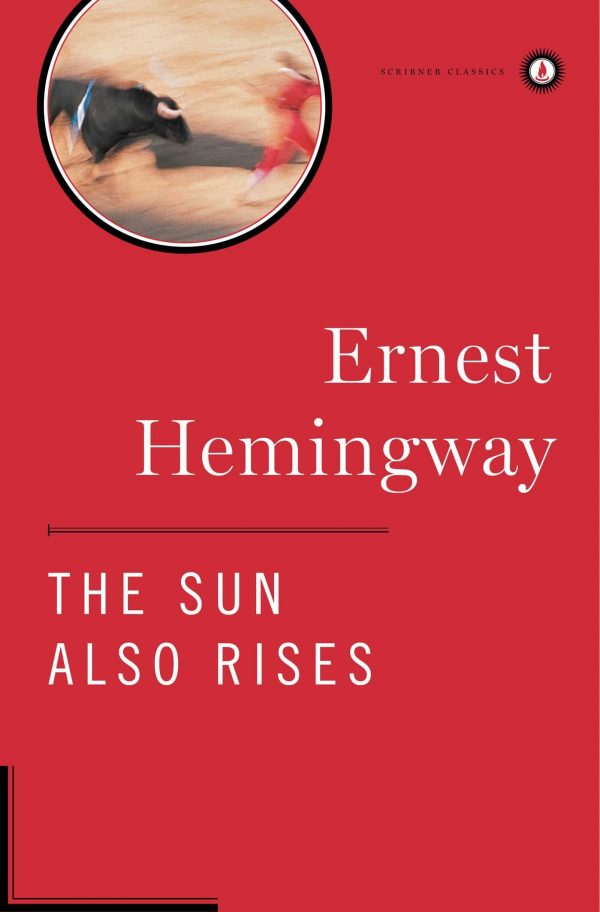
Source: Amazon
It all makes you wonder— what currently reviled book will, a generation from now, be considered required reading?
YouTube Channel: Tilly And Her Books
Featured image via Pixabay



